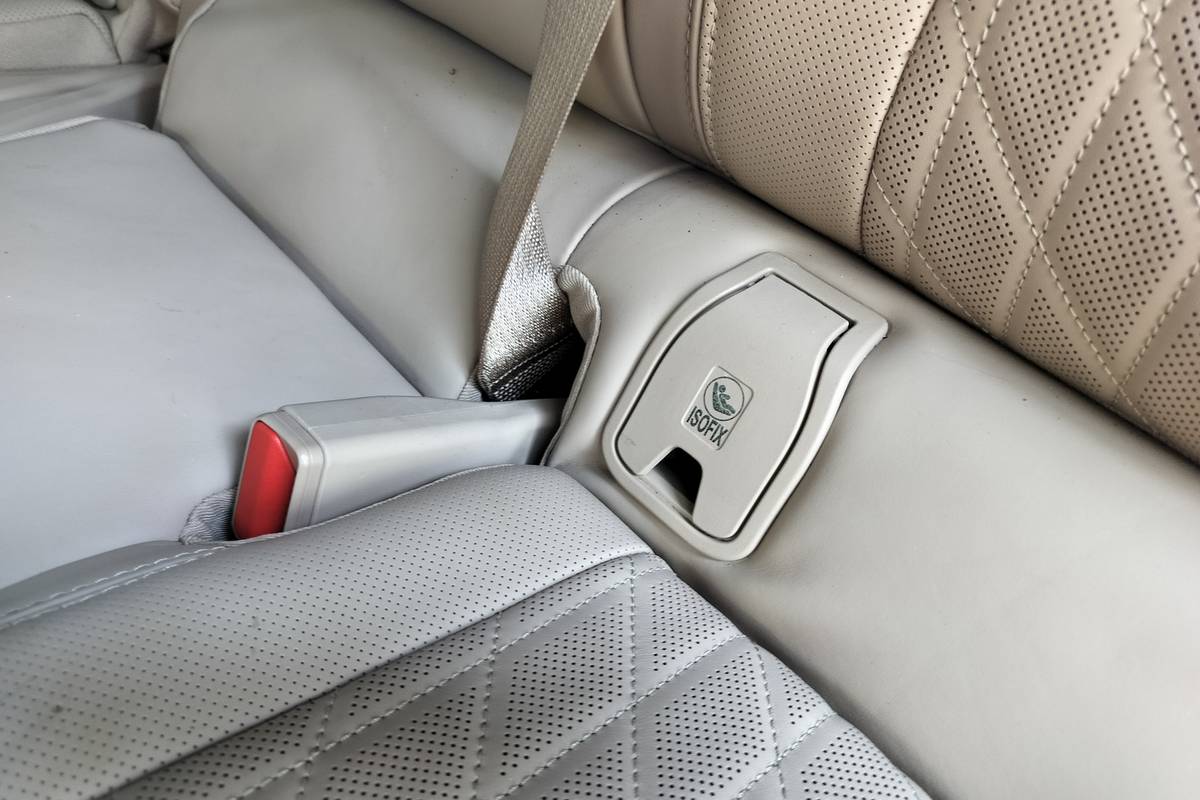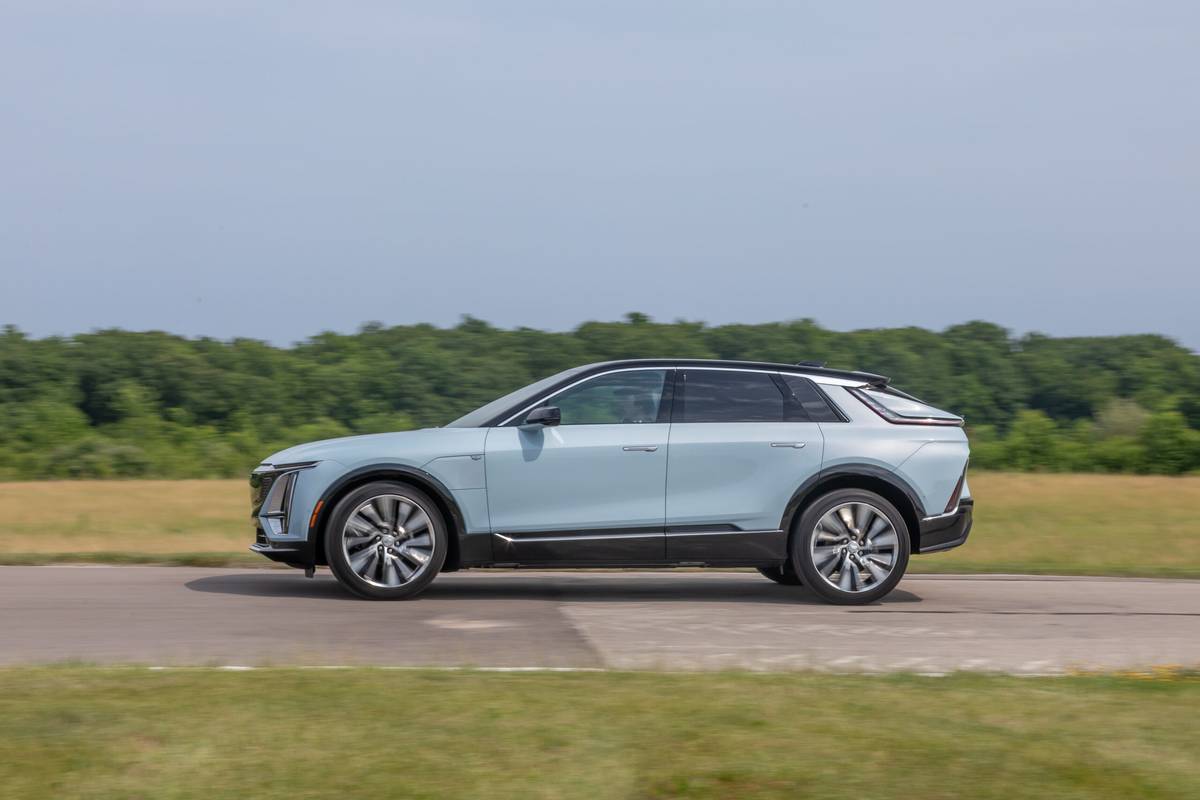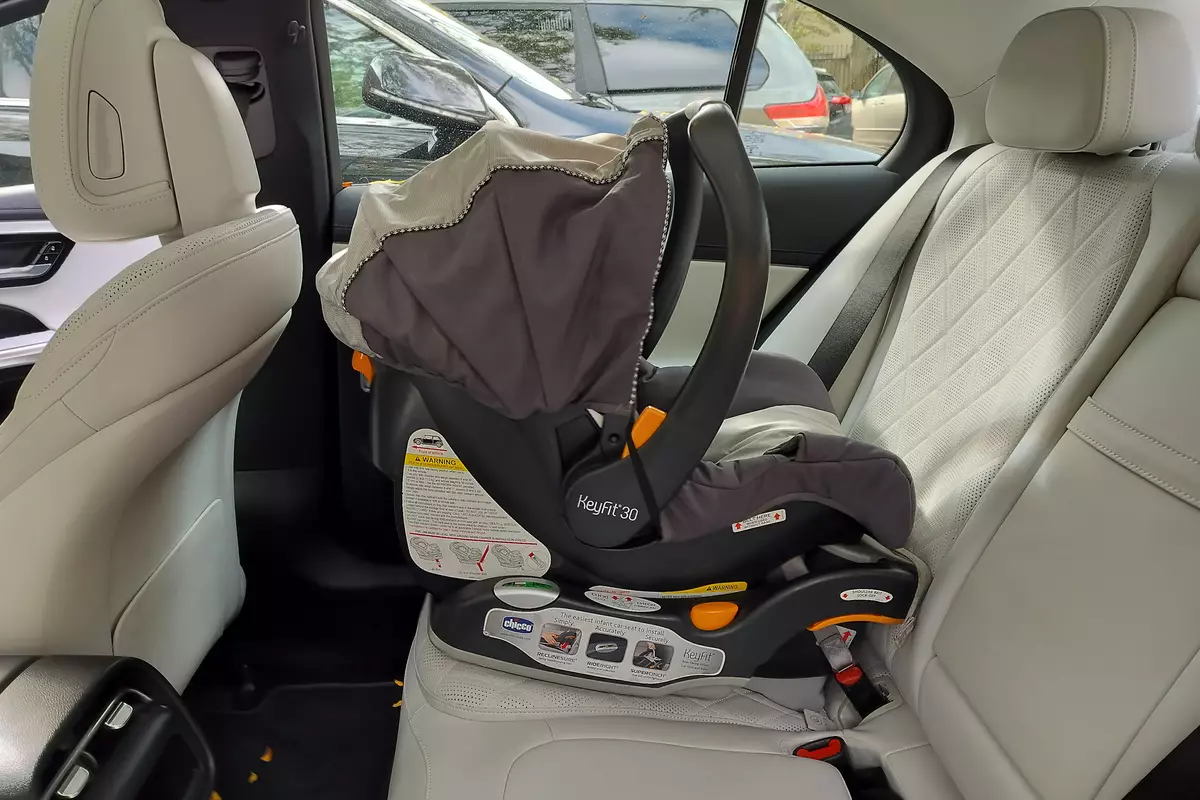washingtonpost.com's view
The Honda Civic was an easy sale in the early 1970s. American motorists were running out of gas. American vehicles were gas guzzlers.
The Civic, introduced in 1972 as the 1973 CVCC (for its Compound Vortex Controlled Combustion engine), was the right car at the right time. It was small, fuel-efficient and reliable, and it didn’t cost much.
It was also the only car at the time to meet federal tailpipe emission standards without needing a catalytic converter.
Sales of the Civic soared from 43,119 in 1974, its first full year on the market, to more than 100,000 in 1975. That success established Honda, previously known as a motorcycle company, as a contender in the car business.
Now Honda comes forth with what is arguably the best Civic ever, the 2001 model, available as a coupe and a sedan. But this time the company must fight doggedly for every sale it gets.
The competition has awakened. Major rivals, including Ford Motor Co., have seen the opportunity to turn green cars into dollar bills. Those automakers still rely on big trucks for big bucks to help boost quarterly statements for restive stockholders. But they’ve concluded that their long-term future is in a global market where big sport-utility vehicles and pickups don’t sell well.
Thus, Ford is selling the Focus, a stylish, practical, high-performance small car that, despite some recall problems, competes head-on against the new Civic.
Toyota Motor Corp. has rolled out its Echo to attract first-time buyers who are 30 years old and under, the same group targeted by the Civic. Nissan Motor Co. has entered the fray with a much-improved Sentra, and General Motors Corp., which once said it was shelving future small cars in favor of more trucks, has recanted with a vow to bring out six small vehicles that will give rivals a run for their money.
The new and proposed small cars are designed to be smaller on the outside but larger on the inside, chiefly through the more efficient packaging of mechanicals. They have smaller yet more powerful and efficient engines, and they produce far fewer emissions than their predecessors. The new cars are safer, and some of them even have style.
The new Civic beats or meets rivals in all categories, but it’s utterly devoid of anything approaching style. The 2001 Civic ES sedan I drove is neither as ugly as the Toyota Echo nor as good-looking as the Focus. It’s as bland and invisible as any Civic I’ve driven in the past decade.
But styling has never been a primary concern of Civic buyers. Most simply want a trouble-free car that performs well under most road conditions at a reasonable price.
The cars have more commodious interiors than previous models. Their bodies are more rigid, thanks to structural improveme nts involving multiple metal cross members. That means more crash protection on suburban streets. The new Civic engine — a 1.7-liter in-line four-cylinder model — is a tad more powerful than the 1.6-liter engine it replaces.
The bottom line is that Honda has done another good job here; it has come up with an excellent defense in an increasingly competitive small-car market. The new Civic may not extend Honda’s boundaries, but it most certainly will prevent many rivals from encroaching on them.
NUTS & BOLTS:
2001 Honda Civic Complaints: To help get that extra interior space in the new Civic, Honda installed a smaller front suspension package that relies on traditional struts instead of the more sophisticated double-wishbone suspension used in previous Civics. The substitution compromises the feel of the ride in the new model. Also, Honda makes anti-lock brakes optional on this one, instead of standard.
Praise: An overall solid small car (which the government now classifies as a compact, vs. its earlier subcompact designation). It’s the perfect peace-of-mind car for first-time buyers.
Ride, acceleration and handling: Average small-car ride but excellent handling in curves. Good acceleration in terms of the car’s ability to change lanes safely.
Head-turning quotient: None.
Layout/body style: Front-engine, front-wheel drive, available as coupe or sedan in DX, EX and LX trim styles. A GX model runs on compressed natural gas, and an HX coupe is the mileage leader.
Engines/transmissions: There is a base 1.7-liter, in-line four-cylinder engine designed to develop 115 horsepower at 6,100 rpm and 110 pound-feet of torque at 4,500 rpm. That engine is in the DX. A 117-horsepower version of that engine is available in the HX, and a 127-horsepower version comes with the EX. A five-speed manual transmission is standard. A four-speed automatic (Continuously Variable Transmission) is optional.
Capacities: Seats five people. Carries 12.9 cubic feet of luggage and 13.9 gallons of regular unleaded fuel.
Price: Base price on the tested 2001 Civic LX sedan is $15,010. Dealer’s invoice price on that model is $13,572. Price as tested is $15,450, including a $440 destination charge. Price does not include taxes and fees.
Purse-strings note: A very good buy. Compare with any small car.
Latest news



